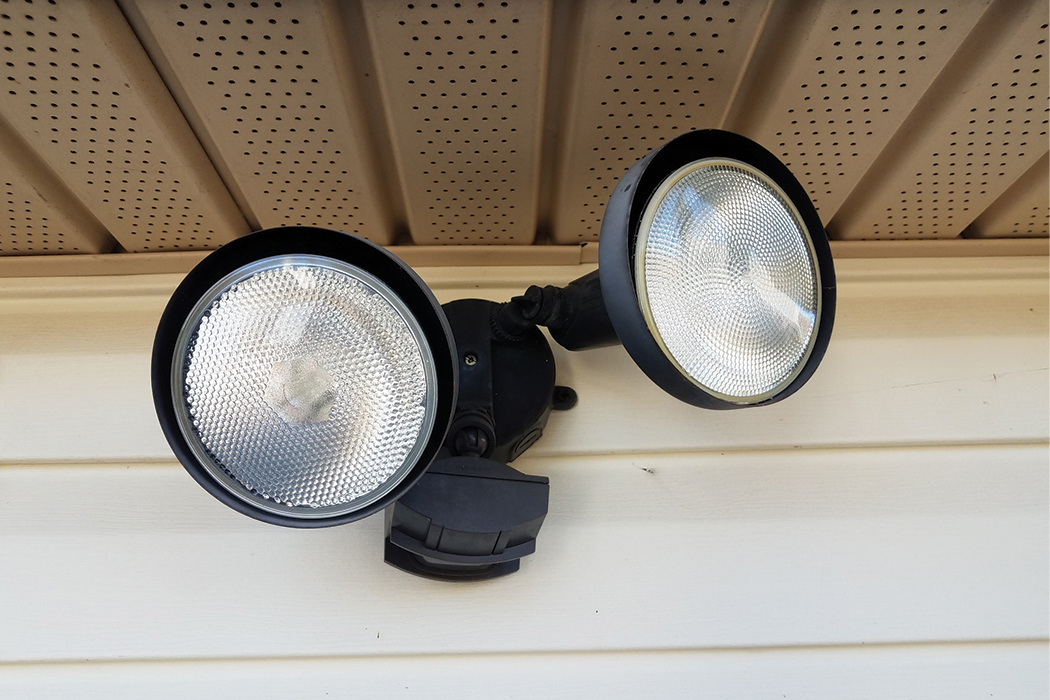How to Prepare Your Wi-Fi for Home Security

What is Wi-Fi?
Wi-Fi allows you to wirelessly link compatible electronic devices such as computers, video cameras, and your home security system, to the Internet. Wi-Fi needs to be connected to a router or access point, which is then able to provide Internet access and a network for connected devices.
Wi-Fi and Your Security System
Modern home security cameras utilize Wi-Fi to connect your video in and outside your home, as well as when uploading recordings to the cloud. Your smart camera system can generate a lot of data, so it’s important to have a strong Wi-Fi network.
To support more than one home security camera, your Wi-Fi system should at a minimum feature dual-band capabilities known as AC protocol. This technology allows your system to utilize different frequency spectrums. The 2.4 GHz band provides the most coverage but transmits data at a lower speed, while the 5 GHz band provides less coverage but transmits data at a higher speed. And the new state-of-the-art 6 GHz band provides the least coverage, but transmits data at the fastest speed and has reduced interference between devices.
For larger homes (1200 square feet and above), a mesh Wi-Fi system is advised. In this arrangement, multiple Wi-Fi nodes are placed around your home and connect with each other to boast available signal strength.
In addition, you can reduce the required bandwidth of your Wi-Fi with settings, such as lowering the resolution or frames per second on your cameras.
To view other ways to reduce the required bandwidth visit our Wi-Fi Troubleshooting Guide, click here.
Benefits of Wi-Fi
Unlike a landline connection, a Wi-Fi connection is compatible with smart security systems and app-based controls that can be monitored and modified from your mobile device. A Wi-Fi connection is also faster, more responsive, and more reliable than a landline, and can potentially reach places your phone network is unable to.
When it comes to your home’s security, it’s much easier for an intruder to cut a physical landline than to disrupt a wireless signal. If someone tries to disrupt your security panel or wireless sensor, it will set off an alarm and notify our Alarm Response Center before your system is compromised.
What’s more, having a Wi-Fi connection means you can utilize the cloud, which allows you to view and save your security footage in a remote and protected environment.
Downsides to Wi-Fi
A power outage can leave your home unprotected if you rely solely on Wi-Fi, as a lost Internet connection means lost access to your monitoring provider. However, security companies like Brinks HomeTM ensure your security system remains fast and secure with 4G LTE cellular backup, as well as battery backup, in case you ever lose your wireless connection.
Cellular backup will connect you to the strongest major wireless provider at your location, so your home will stay protected no matter what. If an alarm is triggered, this dual-path technology of both Wi-Fi and cellular monitoring will automatically select the quickest way to signal an Alarm Response Center, even if your Wi-Fi is down.
Protecting Your Wi-Fi
While Wi-Fi is already a more secure method of connection, there are additional ways to ensure your data stays safe. Make sure your router’s settings are encrypted and enable two-factor authentication on your devices. When it comes to passwords, make sure they include a hard-to-guess series of numbers, letters, and special characters. Change your passwords frequently and don’t use the same password twice among multiple devices.
The brand of your router is also important when it comes to smart security investments. Large name-brand providers continuously monitor for vulnerabilities and send updates automatically to your router to protect your privacy.
Turning off your location data and keeping your software as up to date as possible also reduces the risk of cybercrime. Click here for additional smart home security tips.
If you are looking to add a home security system to your home, contact Brinks Home and our Security Consultants can walk you through what devices will work best for your home and Wi-Fi system.



